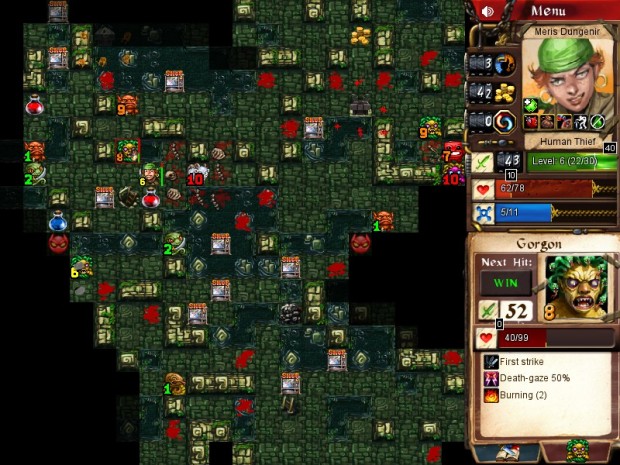I’ve spent a lot of time in 2013 playing games, but not a lot of time writing about them. As I have been doing in recent history, I’d like to tell some stories or share some thoughts about the ones that meant the most to me this year. I’ll be posting about one a day until Christmas. See all Games of 2013 posts.
Typically, when I do one of these posts, I include an image, something representative of the memories I have of the game.
The Swapper deserves a trailer because the screenshots were what stood between me and a purchase initially. There’s something just a little off about the screenshots, probably because the models and the world were apparently built out of clay. Some games just look better in motion, and this is one of them.
I don’t want to give too much away about The Swapper because it was such a surprise delight, but let’s just say it ticks all my boxes for a puzzle platformer: atmosphere, sound design, plot, difficulty, controls. Strongly recommended for those looking for something to puzzle over.
The Swapper is available for PC.

